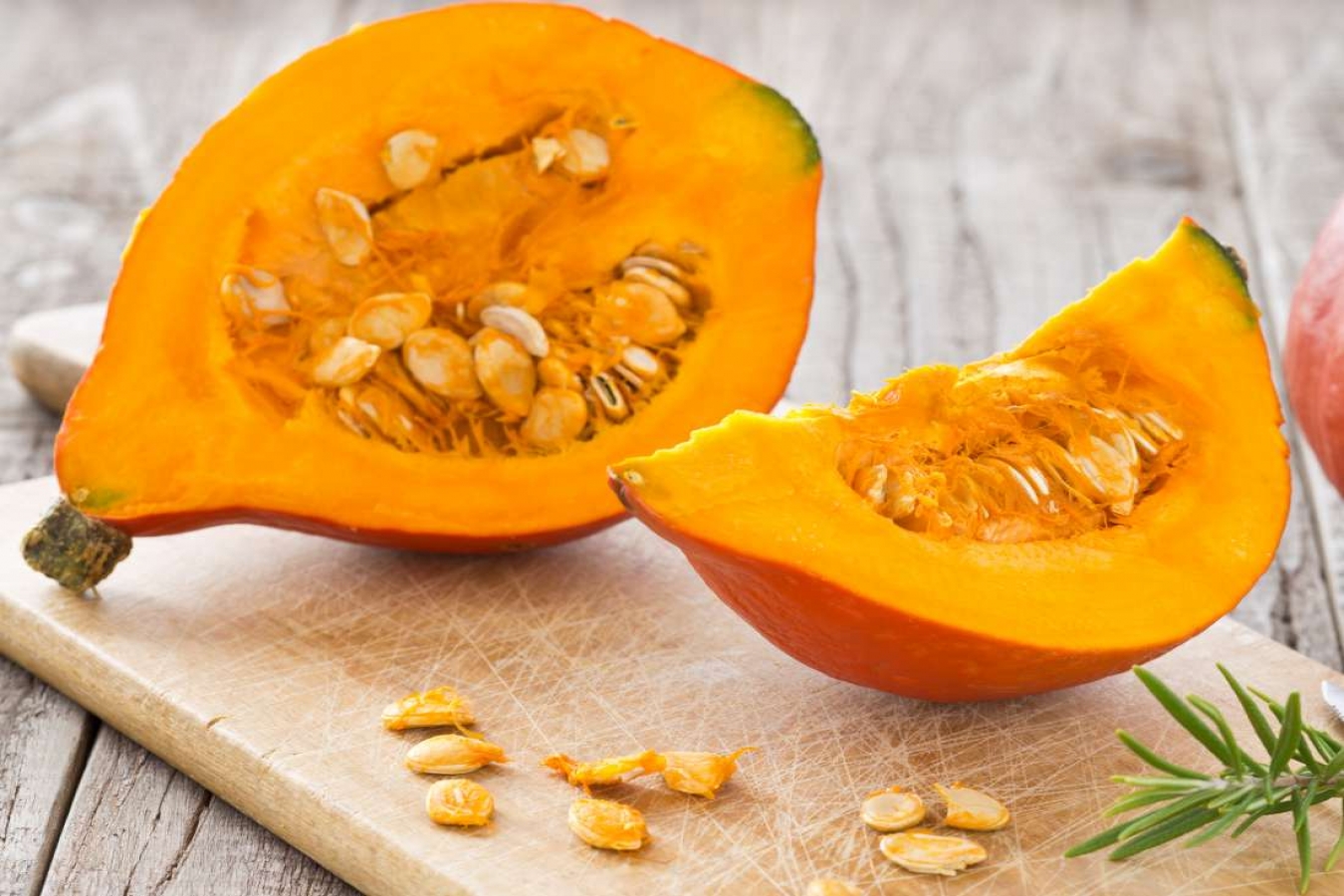


 5:50:57
5:50:57  2019-09-30
2019-09-30  1081
1081

The diet can play an essential role in managing diabetes. Understanding how certain foods affect insulin and blood sugar levels can help a person make informed choices about what to eat and when.
A person with diabetes can eat a balanced, healthful diet without giving up the foods they enjoy. The important factors in an effective diabetes diet include moderation and careful food choice to maintain healthful blood sugar levels.
In this article, we identify some of the best foods for stabilizing insulin and blood sugar levels. We also look at certain foods a person with diabetes should avoid or eat only in moderation.
However, it is important for a person with diabetes to speak to a doctor or dietician before making any significant dietary changes.
Non-starchy vegetables
These vegetables are an excellent addition to almost any diet, including those suitable for people with diabetes.
There are two main types of vegetables: starchy and non-starchy. Starchy vegetables are rich in carbohydrates, which can raise a person's blood sugar levels.
The American Diabetes Association recommend eating a minimum of 3–5 servings of non-starchy vegetables each day. They define a serving as:
Some examples of non-starchy vegetables include:
The vegetables are available frozen, canned, or fresh. If a person is not eating them raw, the best way to prepare vegetables is by roasting or steaming them and adding zero or minimal fat and salt.
Also, pay attention to the types of preservatives in prepackaged vegetables. Check ingredients lists for added salt, sugar, fats, and oils, for example.
Whole-grain foods
Whole grains offer a more healthful alternative to highly processed or refined grains. They contain the endosperm, bran, and germ of a grain. Refined grains contain only the endosperm, offering less nutritional benefit.
The main difference is that whole grains have more vitamins and minerals, whereas refined grains only include the starchy part of the grain, which contains fewer nutrients.
Look for products with 100% whole-grain ingredients. Some popular examples include:
A person can incorporate whole-grain products into meals or snacks to help control blood sugar levels.
According to an umbrella review from 2017, consuming whole grain may help prevent cardiovascular disease and several types of cancer, including gastric, pancreatic, and colorectal cancer.
Healthful fats
Some people incorrectly associate all fat content with poor health. However, some fats help preserve health.
Healthful fats may be monounsaturated or polyunsaturated. Omega-3, a fatty acid abundant in oily fish, is one example.
Trans and saturated fats increase levels of harmful cholesterol in the blood. This can contribute to the risk of cardiovascular disease
Eating more healthful fats and fewer unhealthful fats may help lower levels of harmful cholesterol, improve heart health, and provide better blood sugar control.
Many foods are rich in unsaturated fats. Some examples include:
A 2013 review suggests that avocados offer a range of health benefits. They may improve cardiovascular health, promote weight management, and support good health during the aging process.
However, the authors noted that confirming these conclusions will require more research.
Avocados taste great in salads and dips. They can even add creaminess to deserts.
Also, try replacing butter with olive oil or coconut oil in recipes.
Here, learn about healthful and unhealthful fats.
Fatty fish
Fatty fish, such as salmon, tend to have high amounts of protein and omega-3 fatty acids.
Protein content is particularly healthful for people who have diabetes, as it does not impact blood sugar. It is filling and provides essential nutrients to help the body grow and repair.
People who have diabetes should try adding fatty fish to the diet on at least one day per week. For people with type 1 diabetes who are underweight, healthful proteins are an excellent option for safe weight gain.
As with other foods, preparation is key. Avoid sugary marinades and try grilling instead of frying the fish.
Cacao
Cacao is a bean-like seed. Grinding these seeds produces a powder that is bitter and full of nutrients, Manufacturers use it to create chocolate.
Cacao contains the flavonoid epicatechin, which may help regulate blood sugar levels. A 2017 review pointed to the findings of several small studies, which suggest that cacao may help slow the progression of type 2 diabetes and reduce insulin resistance.
An easy way to add cacao to the diet is by eating dark chocolate, although too much might still cause a spike in blood sugar. Consume dark chocolate in moderation. Dark chocolate contains more cacao than milk chocolate.
When choosing between brands, people should check the sugar contents. While dark chocolate tends to contain less sugar than milk chocolate, many well-known manufacturers add more sugar.
People with diabetes should limit their chocolate intake to one or two small squares of dark chocolate per day.
High-protein foods
Protein is an essential nutrient in meats, fish, and certain vegetables, such as nuts, beans, and legumes.
Research suggests that protein does not increase blood sugar levels, and it can help a person feel fuller for longer.
However, a 2017 study found that high protein intake can have mixed results for people with type 2 diabetes depending on the type of protein.
Earlier short-term studies indicated that a high-protein diet may decrease blood sugar levels.
However, on a longer-term basis, a diet that contains too much animal protein may increase the risk of developing type 2 diabetes. A diet with plenty of plant-based proteins, on the other hand, may modestly decrease this risk.
A person with diabetes should favor foods with lots of protein but little animal fat. Some examples include:
A person can easily add protein to a meal. For example, beans are an excellent addition to salads, as are roasted, topping-free chicken breasts.
Foods to avoid
There are several foods that a person with diabetes should either avoid or eat only in moderation.
The following can cause blood sugar and insulin levels to spike:
A person with diabetes can eat these foods but in limited amounts.
Here, learn about important considerations for people with diabetes who want to prepare dinner.
Benefits of stable insulin and blood sugar
Diabetes can cause a range of symptoms and health issues.
Maintaining regular insulin and blood sugar levels can have a range of benefits, including:
Effective blood sugar level management can also reduce the risk of diabetes' more severe complications, including:
Summary
To stay healthy, people with diabetes need to manage their blood sugar and insulin levels.
In addition to medications, lifestyle and dietary changes are an essential part of diabetes management. Certain foods can help promote stable blood sugar levels, while others can make them less stable.
By eating a balanced diet, and avoiding foods rich in sugar, simple carbohydrates, and unhealthful fats, a person can better control their blood sugar and insulin levels.
Source: Medical News Today
Reality Of Islam |
|

Water may s

"It is

The process

Astronomers
 9:3:43
9:3:43
 2018-11-05
2018-11-05
10 benefits of Marriage in Islam
 7:5:22
7:5:22
 2019-04-08
2019-04-08
benefits of reciting surat yunus, hud &
 9:45:7
9:45:7
 2018-12-24
2018-12-24
advantages & disadvantages of divorce
 11:35:12
11:35:12
 2018-06-10
2018-06-10
 6:0:51
6:0:51
 2018-10-16
2018-10-16
 7:0:55
7:0:55
 2022-05-17
2022-05-17
 8:39:51
8:39:51
 2022-09-23
2022-09-23
 2:34:48
2:34:48
 2022-01-18
2022-01-18
 9:30:2
9:30:2
 2021-11-12
2021-11-12
 7:32:24
7:32:24
 2022-02-14
2022-02-14
 7:6:7
7:6:7
 2022-03-21
2022-03-21
 2:13:43
2:13:43
 2022-05-27
2022-05-27
 5:41:46
5:41:46
 2023-03-18
2023-03-18
| LATEST |